So your soil is rich and crumbly, your seed starting game is on point this season, and all of your seedlings look stout and strong.
But are they ready to move into the garden?
One of the trickiest pieces of the puzzle when it comes to growing food is knowing when to start your seeds and when to put transplants in the garden. I’m here to help you figure it all out!
It’s all about frost dates and proper timing
Plants need an uninterrupted growth cycle in order to thrive, and that can be tough if your spring weather feels like winter one week and summer the next.
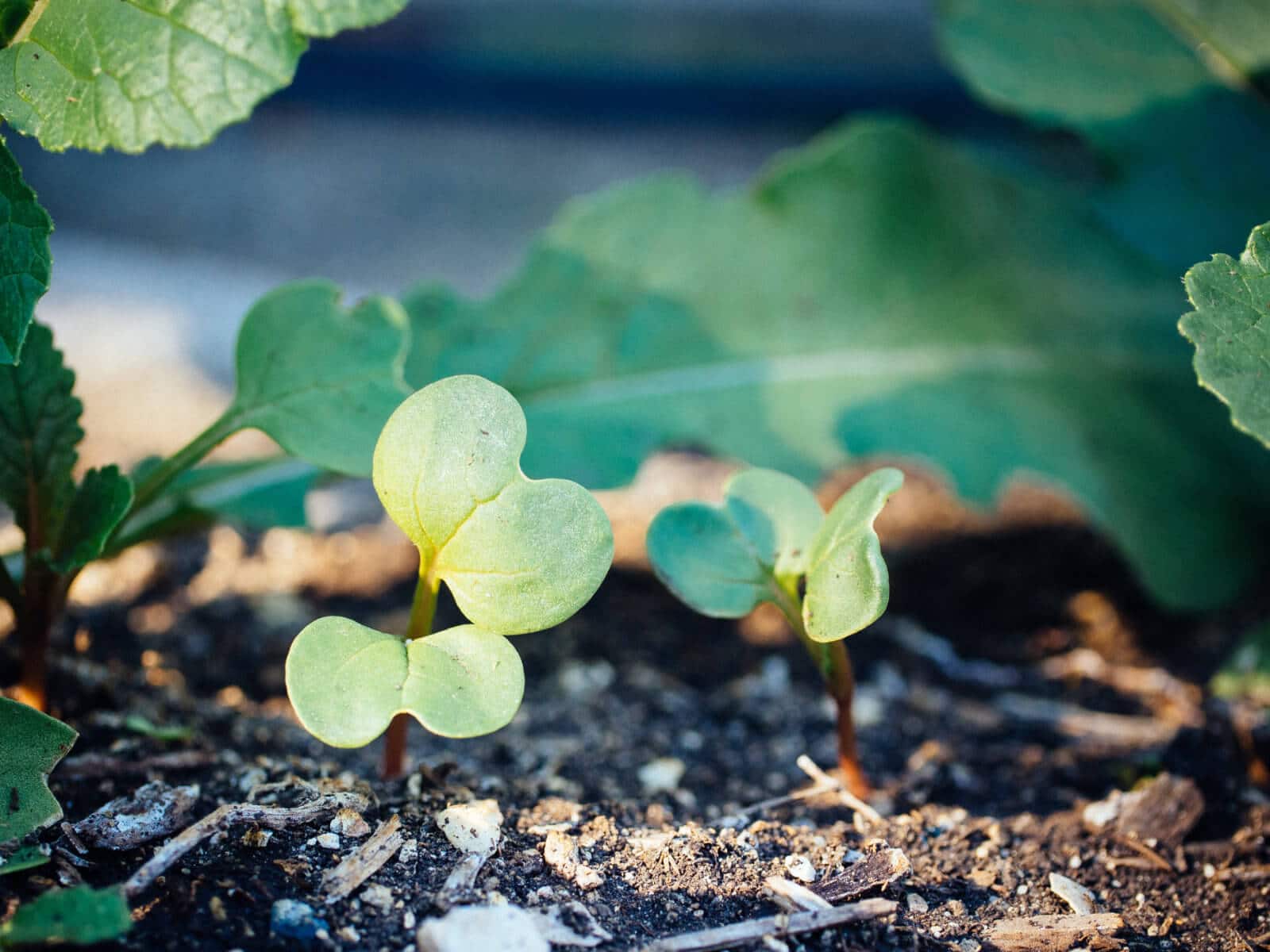
If you’ve ever wondered why your seedlings took a looong time to take off even with ample sunshine, or why your salad greens seemed to produce for only a couple weeks before they started bolting, or why you ended up with more green tomatoes than red, the answer lies in proper timing.
- Plant too early in the spring and cold temperatures could stall or weaken your seedlings, or make them more susceptible to pests and diseases.
- Plant too late in the season, and your seedlings may not have enough time to reach maturity before summer’s heat or the first frost.
So how do you get the timing right?
It’s all about knowing your last and first frost dates.
Frost dates are different all over the country, except for people living in the same county. They’re derived from the 1981-2010 US Climate Normals, a comprehensive set of data that analyzes historical temperatures, precipitation, and other climate factors for all 50 states.
Outside of microclimates and certain weather anomalies, the NOAA’s average frost dates are a good jumping off point to help you determine the best times to sow seeds or set transplants in your garden.
I’ve made it very simple for you to find these dates, and you only have to do it once unless you move in the future.
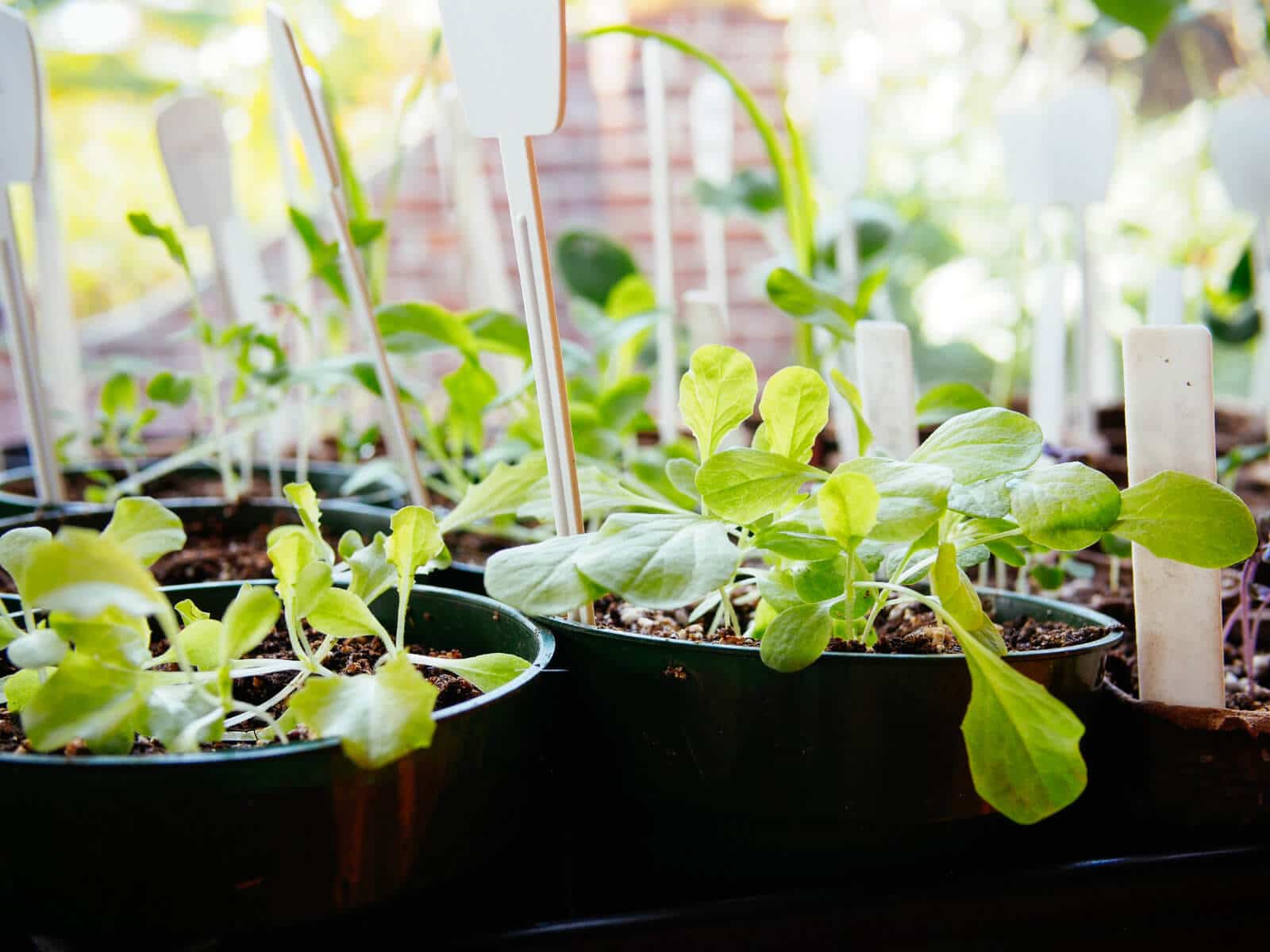
How to determine your first and last frost dates
Select your state from the list below and download the Freeze/Frost Occurrence Data [PDF] to your hard drive.
Search for your town/city in the data sheet. If yours isn’t listed, look for the town/city nearest you that shares a similar climate and altitude.
The Freeze/Frost Occurrence Data can be a little confusing the first time you view it, so this is the method I use to extract my average frost dates:
- Under the Threshold column, use the 32°F row data.
- Under the Spring (Date), Fall (Date), and Freeze Free Period (Days) columns, use the 50% Probability Level data.
Cross-reference the values to get your frost dates and the length of your growing season.
The date in spring is known as your last freeze. The date in fall is your first freeze. The days in between equal the length of your frost-free growing season.
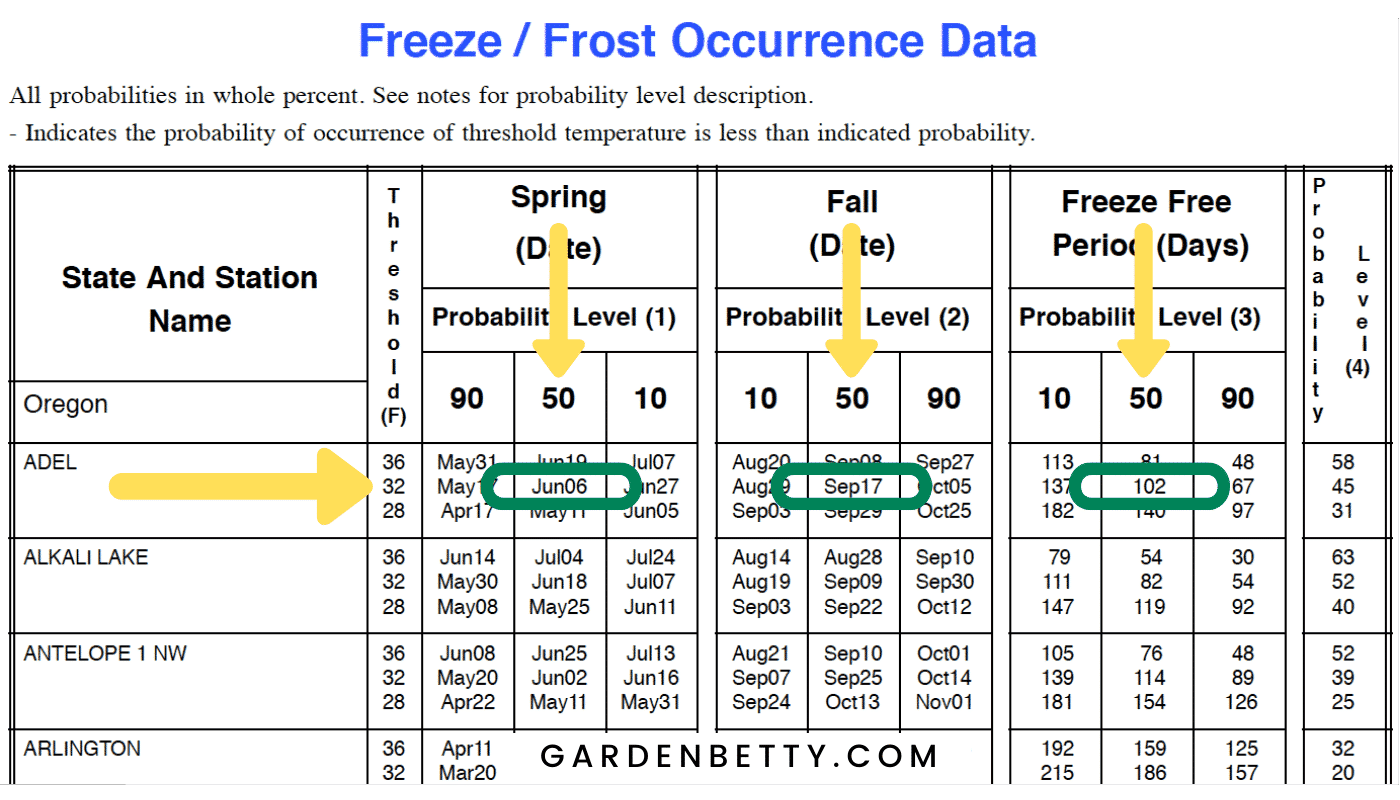
For example, in the illustration above, the town of Adel has a 50% probability of a freeze happening on June 6 and September 17.
That means the average last frost is June 6 and the average first frost is September 17, giving me an approximate 102-day growing season.
These dates are just guidelines and there are many other variables that can affect the climate in your landscape. But having a general idea of the length of your growing season will help you choose the right plants for your garden.
Make a note of your frost dates; you’ll need to enter them in your planting calendar.
Download your printable planting calendar
Next, enter your email address below to download the planting calendar.
A link to the calendar will be emailed to you right away. It works as a Google Sheets or Excel spreadsheet that can be saved and printed for reference.
Follow the instructions in the email and you’ll have your very own visual reminder of what to plant when!
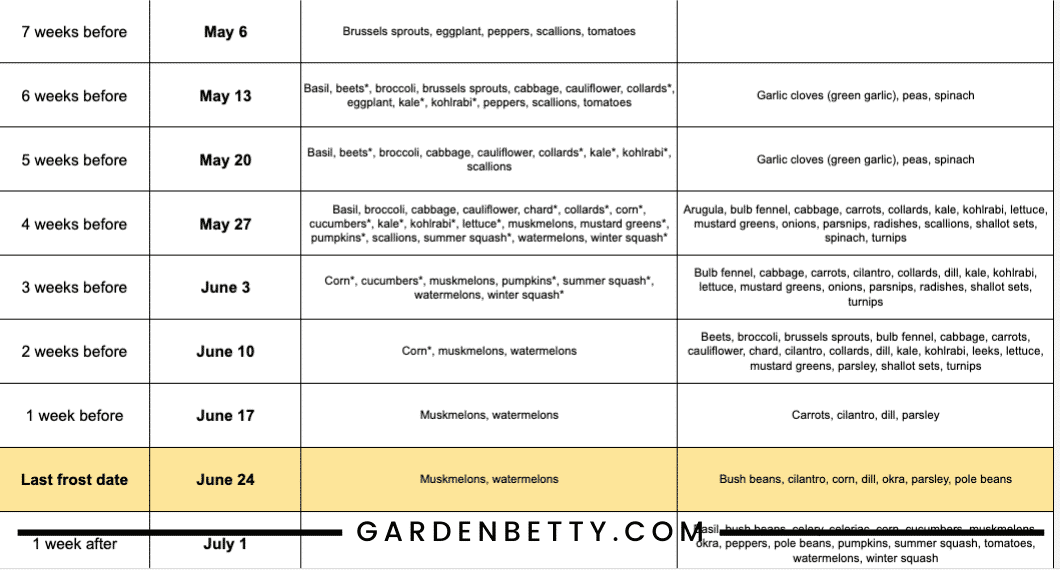
I’ve included dozens of common vegetables and herbs in the calendar with their approximate sowing and transplanting dates—relative to your own frost dates—both indoors and out.
You get a customized spring planting and fall planting calendar to help take the guesswork out of these critical first steps, plus a bonus planting worksheet so you can record your sowing, germination, transplant, bloom, and harvest dates.
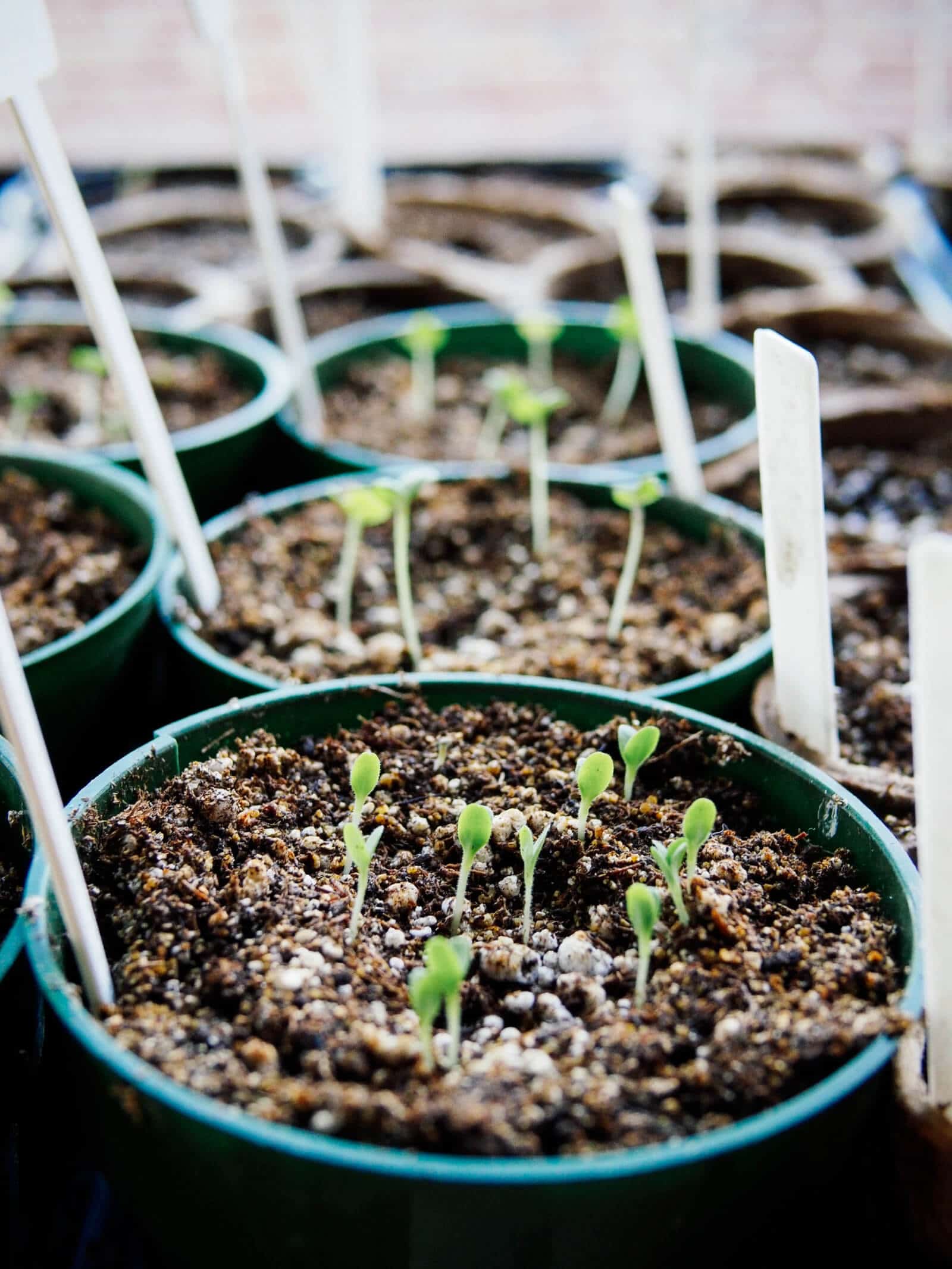
Over time, you’ll start to see a pattern that will help you nail down the most accurate planting dates for your specific microclimate.
Once you have that part figured out, follow these links to further plan out your garden:
So are you ready for your most organized and successful growing season yet? Let’s do this!
Common questions about frost dates
What do frost dates mean?
“Frost dates” actually refers to two different dates: first frost (in fall) and last frost (in spring). These are the average dates of when frost can be first or last expected in a given area. The important thing to note is that these dates are averages, not guarantees. But they’re still helpful for estimating when to start seeds and determining planting times.
How do you know when it’s your first frost?
Frost is predicted when air temperatures reach 32°F or below, but because it’s often colder closer to the ground, frost can occur when temperatures hover above freezing. You should also take into account wind chill and the unique microclimate in your yard, which may be colder than what the local forecast says.
This post updated from an article that originally appeared on March 11, 2020.
View the Web Story on finding your first and last frost dates.


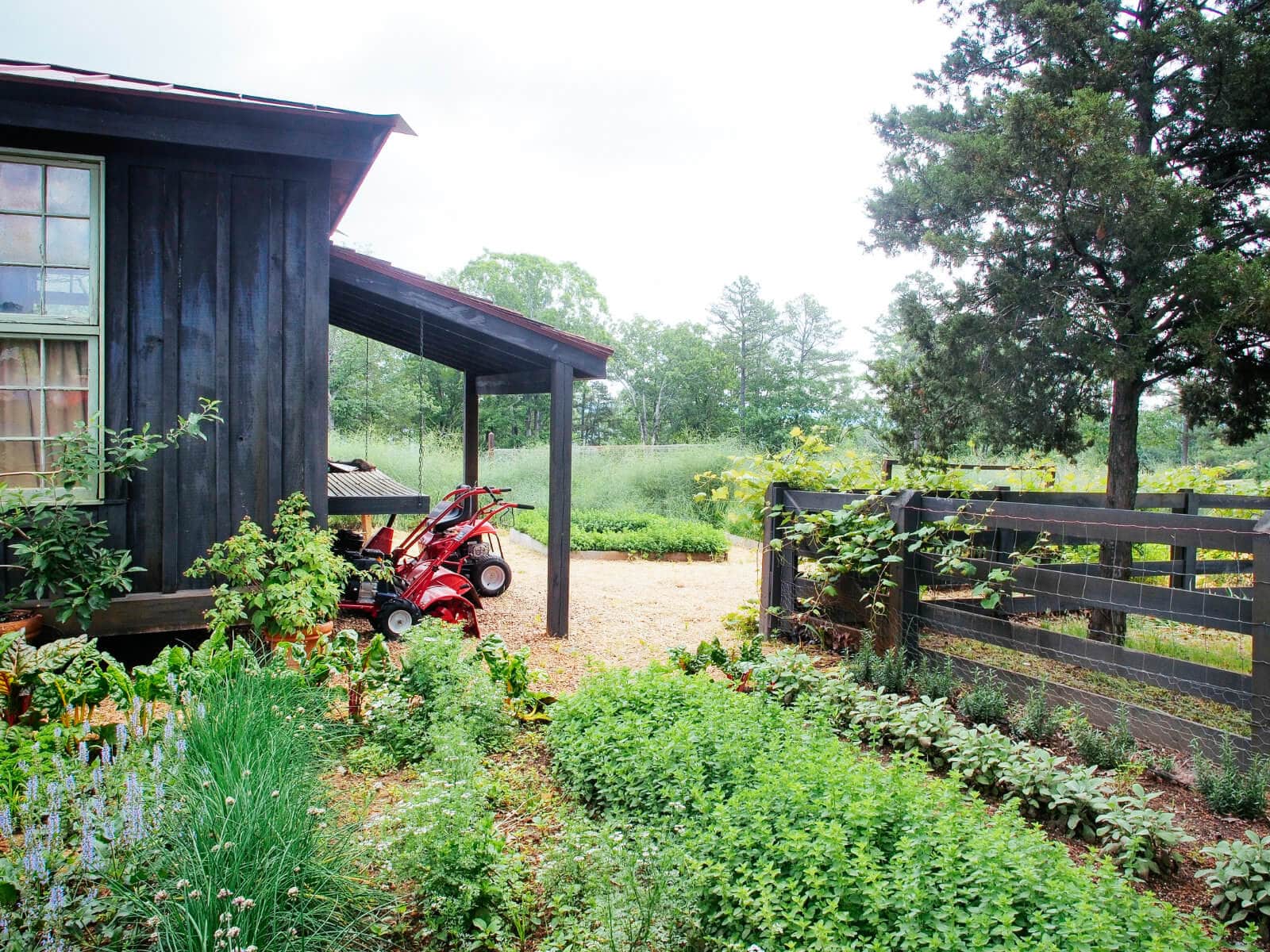













Thank you for this! I’m going to use this to reference on my inventory sheet and calendar!
How do I download your printable planting calendar?
disable your blockers inside your web browser